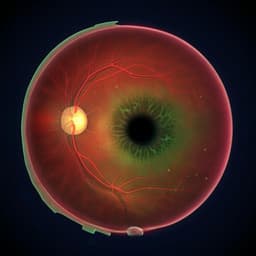
Medicine and Health
Breast Cancer Screening Using Clinical Breast Examination: A Cost-Effectiveness Analysis for South Africa
S. D. Masuku, O. Mandrik, et al.
WHO emphasizes screening to reduce advanced cancer; South Africa recommends twice-yearly clinical breast examinations (CBEs) for women 40–69. This study conducted by Sithabiso D. Masuku, Olena Mandrik, Noreen D. Mdege, Gauravi Mishra, Richard Muwonge, Gesine Meyer-Rath, Naomi Lince-Deroche, and Alan Brennan models scaling CBE coverage from 5% to 25% and 75%, finding modest mortality reductions (0.7% and 2.3%), DALYs averted, and cost-per-DALY estimates—and concludes life-years are saved but not cost-effective under the $3,015 threshold.
~3 min • Beginner • English
Related Publications
Explore these studies to deepen your understanding of the subject.







